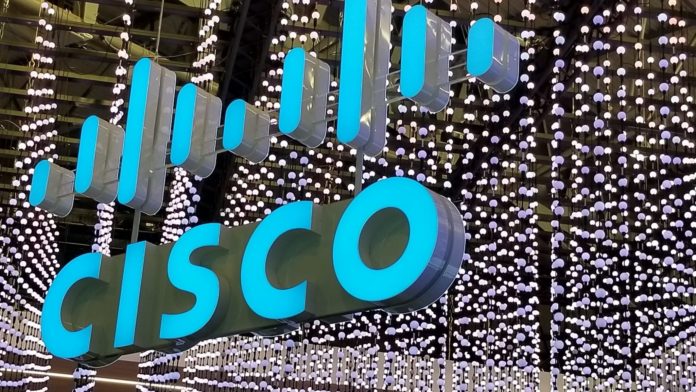Showing the path to self-healing networks, promises CEO
Cisco this week showcased new predictive network technology which it says will help businesses improve network reliability and performance. The new predictive analytics engine is making its way into new Cisco products going forward, and will help IT teams prevent network issues before they happen.
Cisco’s been testing the predictive networking engine with customers already. Chuck Robbins, Cisco chair and CEO, said the tech’s early adopters are already seeing efficiency and cost improvements.
“The future of connectivity will rely on self-healing networks that can learn, predict and plan,” said Robbins.
“Cisco has been working on a first-of-its-kind predictive analytics engine that will help IT teams prevent issues and elevate the user experience. Cisco has tuned and tested predictive models with customers across a variety of industry segments, incorporating advanced analytics and machine learning techniques to enable greater precision and ease of use,” said the company.
The new engine is part of a development process that’s bene underway for about two years, said Cisco. The predictive network tech gathers network telemetry data, learns patterns and predicts networks issues likely to affect user experience. It then presents problem-solving options. Customers have final say on the predictive engine’s autonomy.
“Customers can decide how far and wide they want to connect the engine throughout the network, giving them flexible options to expand as they need,” it said.
“AI and ML capabilities allow Cisco predictive networks to learn by aggregating data across a vast number of services,” said Stephanie Chan, editorial and video producer at Cisco. Chan explained that the predictive networking technology leans on artificial intelligence (AI) and machine learning (ML) to identify patterns from aggregate network data. The system continually optimizes, she said.
“And because it prioritizes experience, not only does it function like the human mind, but it is also created for the human mind,” she said.
Cisco says the network is evolving
Pretty heady stuff.
Speaking of heady stuff, Cisco’s Stephen Spiers sees a march of network evolution that’s “a journey, not a destination because next year, like Darwin recognized, our species of network will evolve further.”
Spiers — pushing Cisco’s Business Critical Services offerings — articulated the problems facing Communication Service Providers (CSPs) as they spin up 5G Standalone (SA) services, Open RAN and other efforts, calling it “quite a to-do list.”
“There will be more mature parts of your network, using technologies that have been deployed perhaps for a good number of years. Are you considering the implications of upcoming product ‘end of life’ schedules? Have you applied the latest patches and — perhaps more critical — security advisories? Have you considered how you continually optimize those parts of the network? Have you considered how you can reduce your power consumption and contribute more to your organization’s ‘green strategy’ objectives?” he asked.
Back to Chan, “Networks have been reactive for 35 years, and the old ways of rerouting traffic and detecting issues after they have occurred is no longer enough.”

